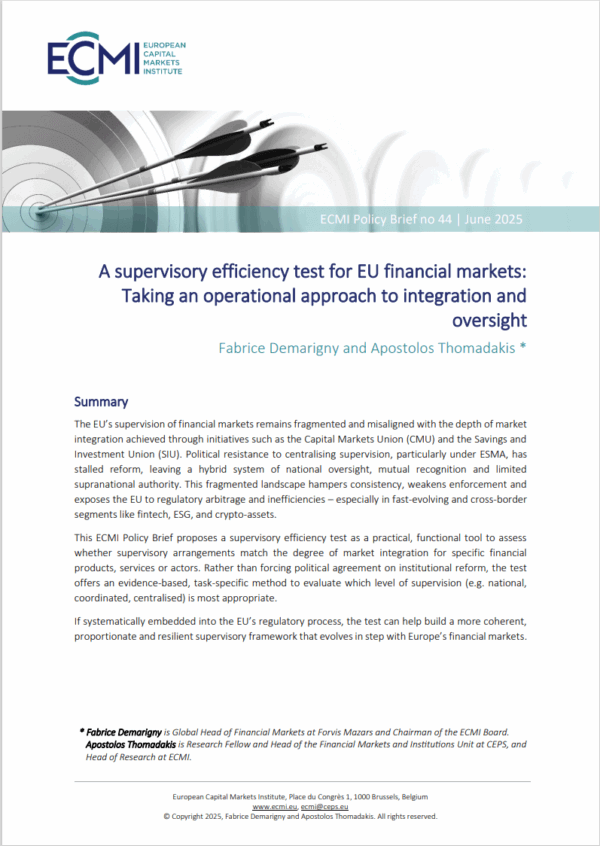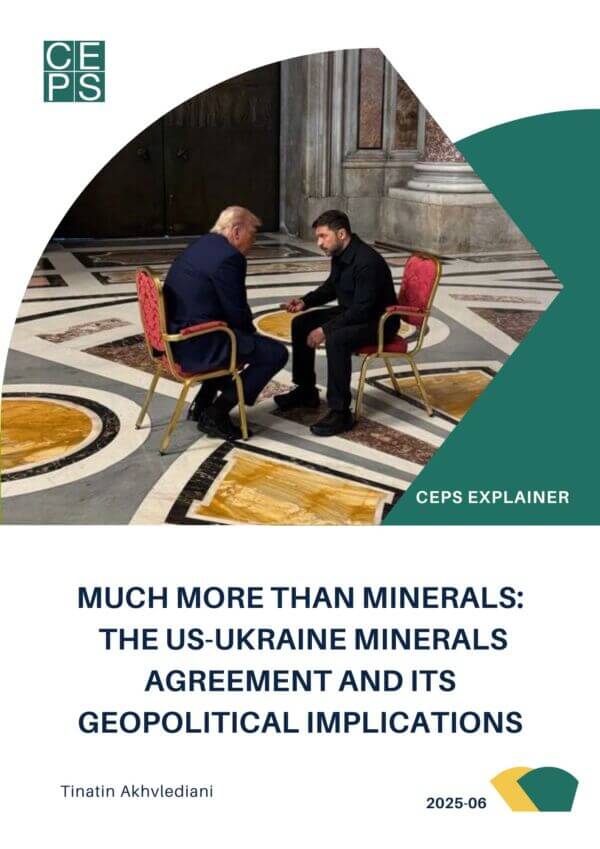European banks have accumulated more than €1 trillion in non-performing loans (NPLs) on their balance sheets in the aftermath of the great financial crisis of 2007-09. The NPLs pose a potential threat to bank stability in euro-area countries such as Cyprus, Greece, Italy, Portugal and Slovenia, where more than 15% of the loans are non-performing. This paper assesses the effectiveness of the various resolution tools to deal with legacy assets such as NPLs under the resolution framework. On the one hand, the on-balance sheet tools (no tools, sales of entire bank and asset guarantees) and on the other hand, the tools that carve out the assets from the banks’ balances (selling part of the bank, forming a bridge bank and asset separation) are assessed based on the experiences in the aftermath of the financial crisis. The statistics for the 79 euro-area banks that received capital support between 2007 and 2016 show that the differences in bank viability as well as financial and economic stability are fairly similar across tools, except for the sale of the entire business and bridge banks. Taking also the costs (losses and recapitalisation) into account, asset management companies in particular, as well as bridge banks, guarantees and no specific resolution tools, seem under the current conditions to effectively deal with legacy assets such as NPLs.
This material was originally published in a paper provided at the request of the Committee on Economic and Monetary Affairs of the European Parliament and commissioned by the Directorate-General for Internal Policies of the Union and supervised by its Economic Governance Support Unit (EGOV). The opinions expressed in this document are the sole responsibility of the author and do not necessarily represent the official position of the European Parliament.
The original paper is available on the European Parliament’s webpage: http://www.europarl.europa.eu/RegData/etudes/IDAN/2017/587398/IPOL_IDA(2017)587398_EN.pdf
This paper is one of several provided in advance of the public hearing with the Chair of the Single Resolution Board in ECON on 22 March 2017.
Willem Pieter de Groen is Research Fellow at CEPS.












